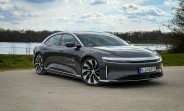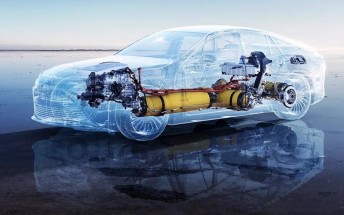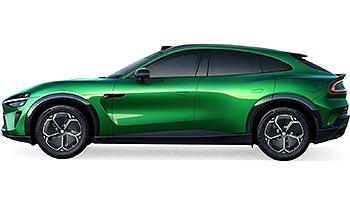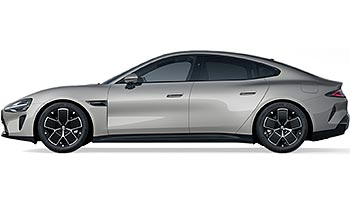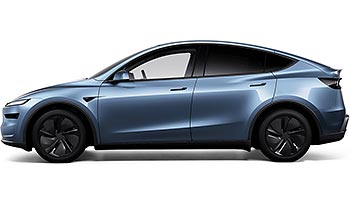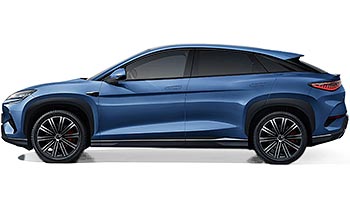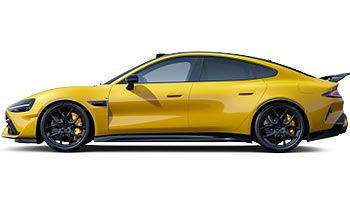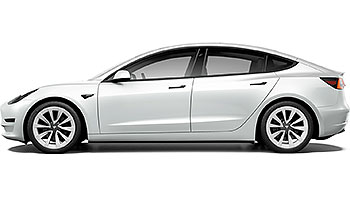Rivian solves EV navigation woes by partnering with Google Maps
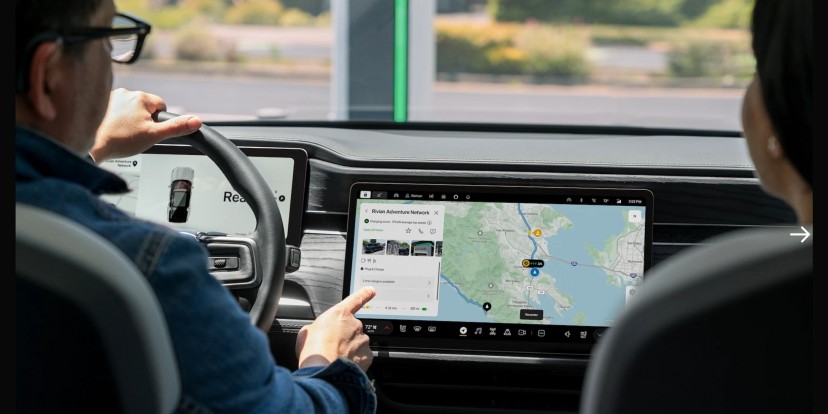
There is no two ways about it - most built-in car navigation systems are a compromise. They often feel a step behind the apps on our phones, with outdated maps, clumsy search functions, and questionable traffic predictions. For owners of electric cars, this problem is magnified. A simple wrong turn or a miscalculation of available charging stations can turn a pleasant drive into a stressful ordeal. Rivian has built its brand on smart design and user-focused technology, and is now tackling this issue head-on.
In the latest software update, Rivian is integrating the power of Google Maps directly into its native navigation system. The partnership combines Google's world-class mapping data with Rivian's specialized features for electric vehicles to create a seamless and reliable navigation experience. No more guesswork, no more anxiety - two things that EV owners know way too much about.
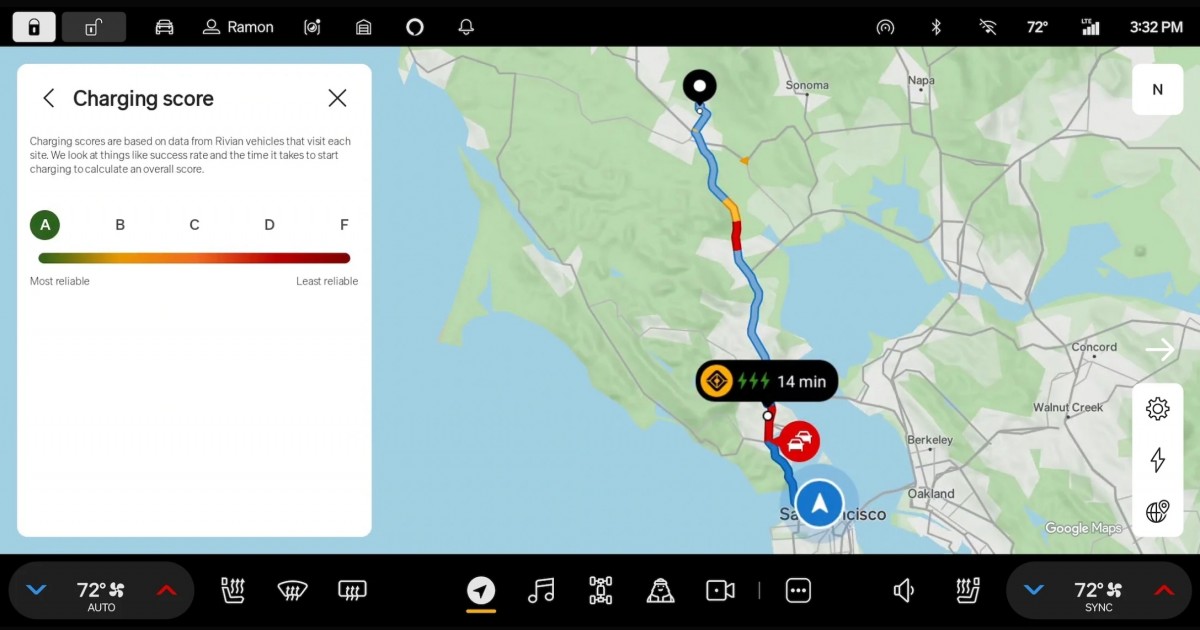
The new system provides fresh routes based on live traffic, ensuring the estimated time of arrival is actually accurate. If a faster route becomes available mid-drive due to a sudden traffic jam or accident, the system will automatically suggest it. Drivers will also see real-time road disruption reports, like lane closures, sourced from the massive community of Google Maps users.
The search function is also getting a major upgrade. Drivers can now simply tap on a point of interest, like a restaurant or park, directly on the map to see hours, photos, and user ratings without fumbling through menus. This is all overlaid on Google's familiar and detailed satellite imagery, making it easier to get your bearings in unfamiliar territory.
Rivian was really careful not to discard the critical EV-specific tools its owners rely on. All the intelligent features designed for electric cars stay as they were, now enhanced with better data. The "Range on Arrival" estimate, a crucial piece of information for any EV driver, is still front and center.
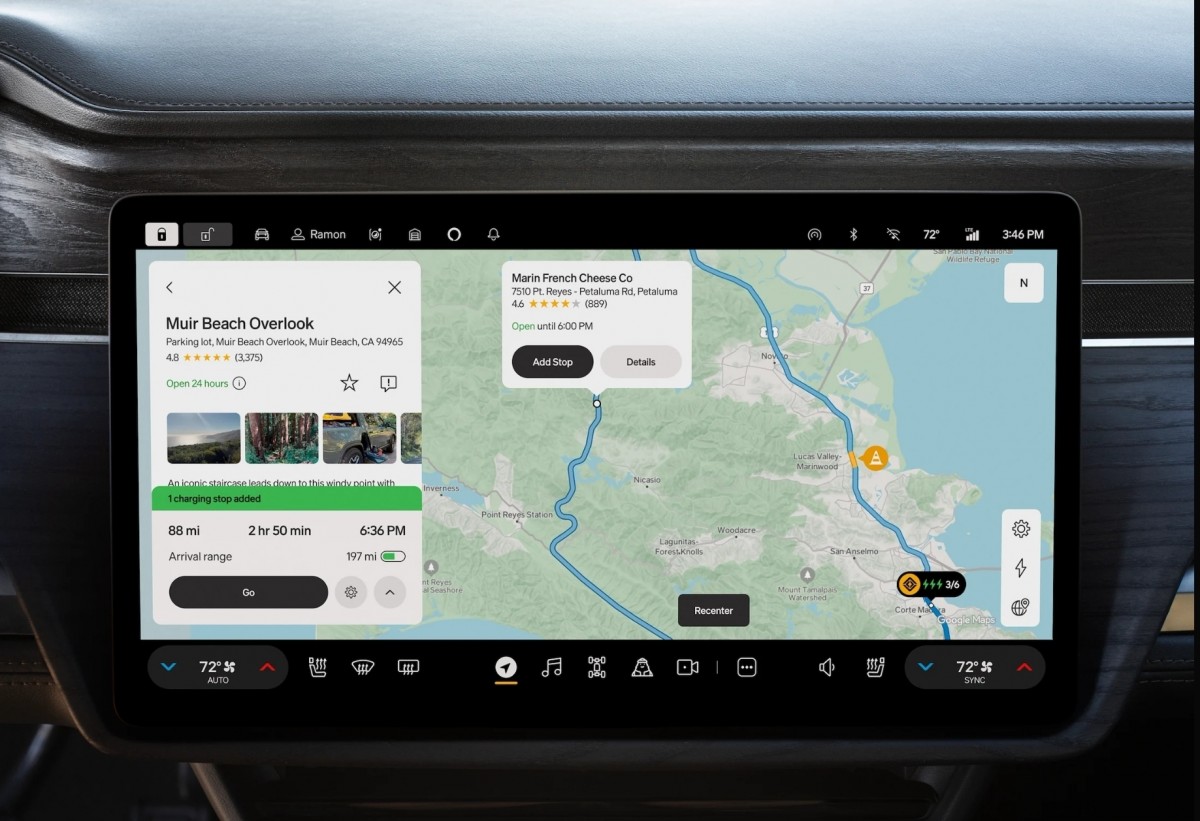
This system is unique because it learns your driving style over time and factors in variables like outside temperature, accessory use, and even whether you're towing a trailer. Drivers can now customize the display to show their remaining range as a percentage, in distance, or both.
Thankfully, Rivian's approach to charging stays intact. When planning a longer trip, the navigation system doesn't just find any charger; it curates the stops to ensure the fastest overall trip time. It prioritizes more reliable and faster charging stations, including the Rivian Adventure Network and compatible Tesla Superchargers.
Rivian uses its unique "Charging Score," a rating for individual charging sites based on real-world plug-in data from other Rivian vehicles. This gives drivers a real-time picture of how reliable a particular station is before they even arrive, and helps them avoid pulling up to a broken charger.
This comprehensive update extends beyond the driver's seat. The Rivian mobile app also receives these new features, allowing for better trip planning from a phone. Users can now see place photos, traffic incidents, and satellite views (the satellite view requires a Connect+ subscription) within the app. A trip planned on the couch can be sent directly to the vehicle, so it's ready to go when you are.
Some automakers continue to insist on using their own clunky and often-criticized proprietary systems, but Rivian's decision to partner with a leader like Google is a pragmatic move that puts the driver's experience first. It acknowledges that building great electric cars is only part of the equation; making them easy and stress-free to live with is just as important.
Related
Reader comments
Nothing yet. Be the first to comment.




